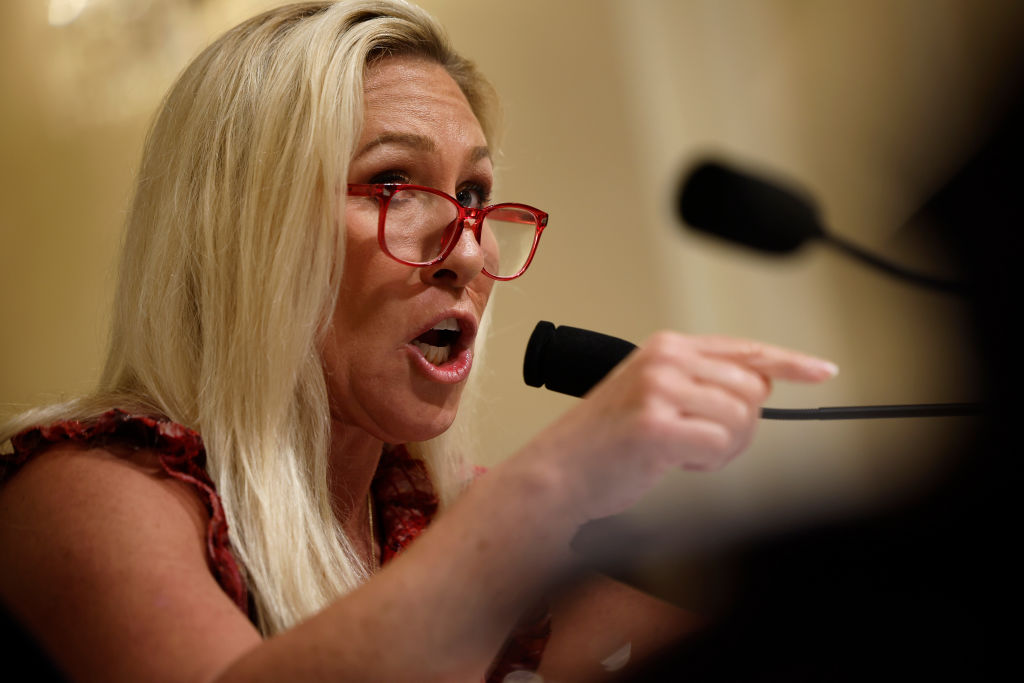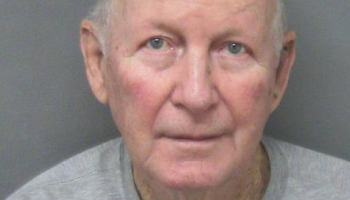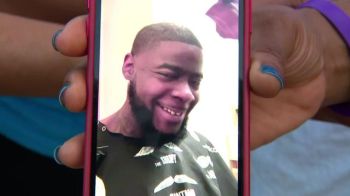BALTIMORE – In a blighted west Baltimore neighborhood, Lt. Ian Dombroski turns his unmarked police car around a corner and sees several men standing outside a liquor store. They scatter immediately.
Dombroski knows they’re probably selling drugs, but he keeps driving. Five years ago, he said, officers who happened upon a similar scene wouldn’t take such a selective approach.
“We’d all jump out, grab all the junkies, find out who had the drugs on ’em, lock ’em up, and that might be three or four drug arrests right there,” Dombroski said. “And we’d go, ‘Good, those are numbers.'”
But under Police Commissioner Frederick H. Bealefeld III, officers in one of the nation’s most violent cities are no longer being told to beef up arrest statistics. The number of arrests has declined the past two years. Yet homicides and shootings are down, too — to totals not seen since the late 1980s.
Officers familiarize themselves with a list of 120 dangerous criminals and patrol where they live, talking to them and working acquaintances for tips. The serving of arrest warrants has been reprioritized to focus on people with violent backgrounds. Gun offenders are also required to register with the city, much like sex offenders do in many places.
“I’m not trying to win the drug war,” Bealefeld said. “I’m out to win the war on violence and deal effectively with violence.”
Experts and other police leaders don’t see Bealefeld as an innovator, exactly, but he’s notable for his focus on guns. He rejected a zero tolerance policy for minor offenses that the department followed in the early 2000s, which calls for enforcement of quality-of-life crimes to prevent more serious offenses.
“I consider possessing a gun on the streets of this city, illegally, a crime of violence,” Bealefeld said.
Criminologists caution against assuming a correlation between policing strategies and crime statistics, which can be affected by demographics and other trends. Nonetheless, the numbers in Baltimore are encouraging.
Homicides dipped from 282 in 2007 — Bealefeld took over in July of that year — to 234 in 2008. While murders held steady in 2009, with 238 slayings, nonfatal shootings dropped from 582 in 2008 to 450 last year. And this year, with 64 slayings through May 11, the city was on pace for 178 homicides. That would be the lowest total since 1977.
The department also arrested 4,000 fewer people in 2009 than it did in 2008. Last year’s arrest total was down by nearly 20,000 from 2002, when the city was at the height of the zero tolerance strategy.
A grim reality remains: In a city of about 636,000 people, the murder rate per 100,000 residents last year was 37.4, meaning the home of crime dramas “Homicide” and “The Wire” remains one of the nation’s deadliest cities.
David Kennedy, director of the Center for Crime Prevention and Control at John Jay College of Criminal Justice in New York, places Bealefeld among a handful of police chiefs willing to acknowledge that the strategies their departments used for decades were ineffective, even counterproductive. He’s confident that the big drops under Bealefeld are no coincidence.
It’s common sense, Kennedy said, to focus on a small number of dangerous people instead of rounding up people for “low-level nonsense.”
A specialized unit in Baltimore takes the lead in building cases against the “bad guys with guns,” as Bealefield calls them. Officers in the Violent Crimes Impact Section carry lists of violent repeat offenders — people with gun arrests or convictions in their backgrounds.
About 120 are on the list, and many know it, said Col. Dean Palmere, who oversees VCIS. That’s intentional — if criminals know police want to catch them with a gun, they’re less likely to carry one.
Officers try to talk to the people on the list when they see them, but that rarely leads to an arrest. Instead, officers work informants and friends. Dombroski, a VCIS platoon leader, cites a recent case in which a repeat offender was caught with three guns in his house. The break came when police arrested a friend on a drug charge, and she tipped off officers to the home where the guns were found.
Witnesses to homicides or shootings are asked about known violent offenders, and if police can peg a criminal charge on a witness, all the better. Baltimore residents aren’t known for volunteering information to police, but that changes if you “catch ’em dirty,” as Dombroski says. Witnesses who cooperate can see the charges against them dropped or their punishment reduced.
The department has also prioritized how it serves the city’s more than 42,000 open arrest warrants. Someone with a violent background gets pushed to the top of the list, even if he’s wanted for a nonviolent offense such as failing to appear in court, meaning the warrant can be served months earlier.
In 2008, Baltimore became the second city, after New York, to create a gun offender registry that functions much like a sex offender registry. Gun offenders must register their addresses after being released, and officers do frequent home checks. About 370 people are on the registry, and since it began, only 3 percent of registrants have been arrested for new gun crimes.
The drop in shootings means city prosecutors are getting fewer gun cases, but also better ones. Prosecutors dropped charges in 25 percent of felony gun possession and nonfatal shooting cases last year, down from 40 percent the year before, according to the State’s Attorney’s Office.
Bealefeld says these efforts have contributed to a long-overdue reduction in crime. While violent crime has dropped throughout urban America since the early 1990s, Baltimore was slow to share in that success. That’s in part because it’s had what Kennedy calls “a series of, for the most part, relatively foolish criminal justice strategies,” including the zero-tolerance policy.
Some residents of the city’s poorest neighborhoods say they’ve noticed a difference since Bealefeld took over. Linda Moyd has lived for the past decade in Gilmor Homes, a notorious, sprawling housing project on the city’s west side. She said she feels much safer than 10 years ago, even though she recently called 911 to report a stabbing outside her home.
“It was a mess when I first came,” Moyd said. “It was like they thought it was legal to shoot guns.”
RELATED STORIES
OPINION: Why Elite Colleges Offer Courses On “The Wire”
“Urban Video Game Academy” Gives Baltimore Students New Careers
















